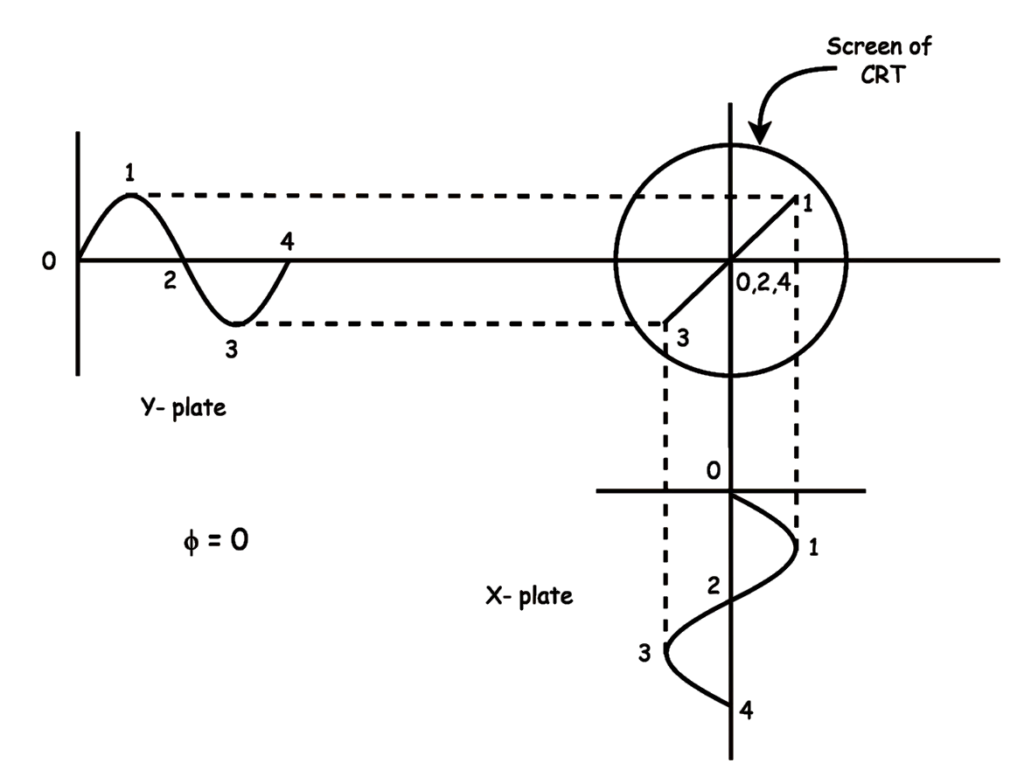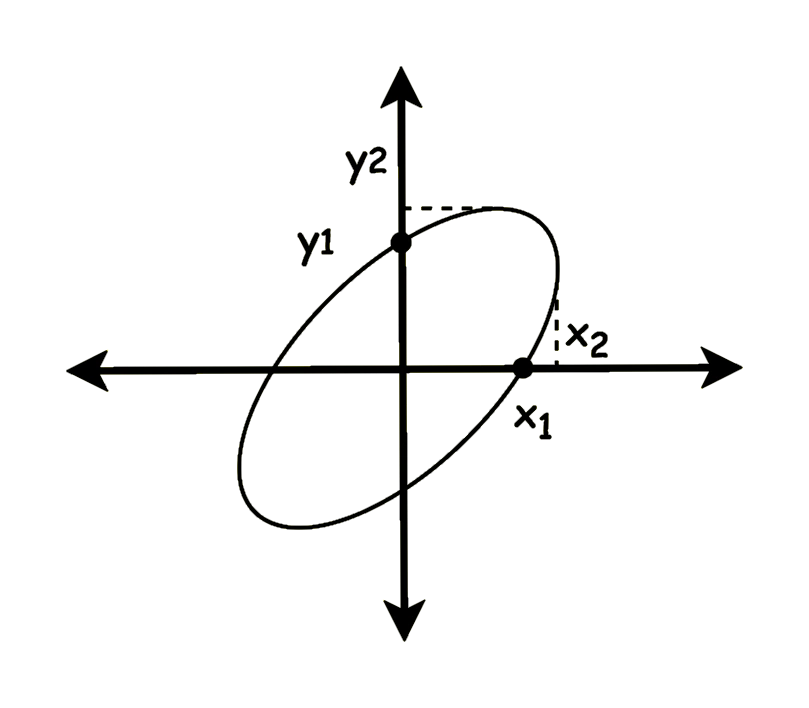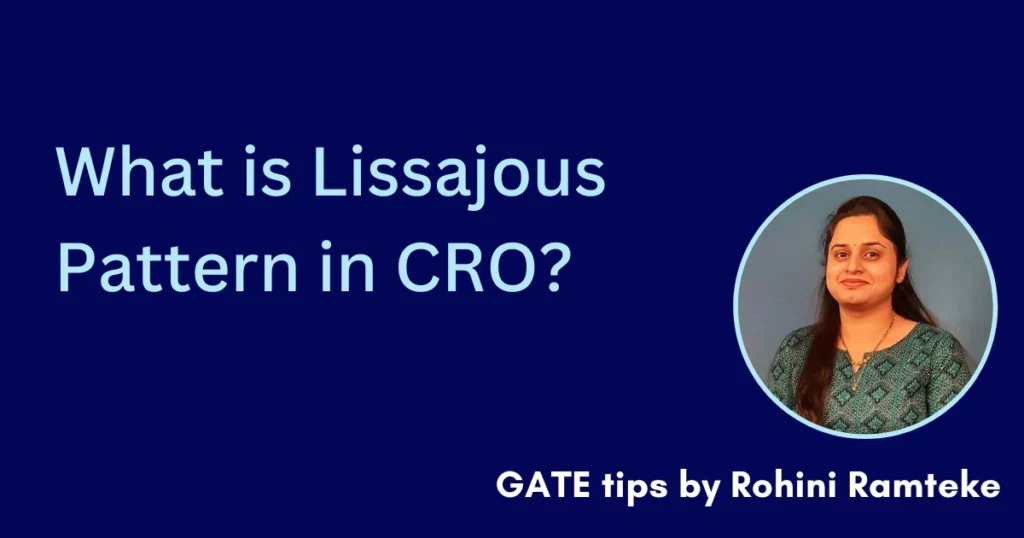In the modern era of scientific inventions and exploration, there are some phenomenon which fascinate us with their mesmerizing visual displays and appealing mathematical properties.
One of such phenomenon is Lissajous pattern that has intrigued researchers, and enthusiast.
Within the realm of Cathode Ray Oscilloscopes (CROs), Lissajous patterns reveal a remarkable connection between harmonious vibrations and the world of mathematics.
In this article, we will study about the Lissajous pattern in CRO and we will see their applications in various field.
Before learning Lissajous pattern let us take a look at CRO.
CRO ( Cathode Ray Oscilloscope)
“A cathode ray oscilloscope(CRO) is an instrument based upon the cathode ray tube, that provides a visible image of one or more rapidly varying electrical quantities“. It is used to show the measurement and analysis of waveforms and others electronic and electrical phenomenon.
We use CRO to measure and analyze the different types of waveforms i.e. sine wave, triangular wave, rectangular wave , square wave etc.
In CRO, we come across a term called as Lissajous pattern. In a CRO, there is a CRT , in CRT(Cathode ray tube) there are two plates horizontal plate and vertical plate. In horizontal plate we give sawtooth waveform and in vertical plate the waveform which we are giving is to be analyzed. The output of these will be displayed on the screen.
Lissajous Pattern in CRO
In lissajous pattern in both the plate i.e. on horizontal and vertical plates we give a sinusoidal waveform.
Lissajous pattern is a pattern that appears on the screen of CRT when sinusoidal voltages are simultaneously applied to the horizontal and vertical plates. Lissajous pattern is discovered by Jules Antoine Lissajous.
Uses of Lissajous pattern
i) The Lissajous pattern is used to calculate the phase difference between two sinusoidal signal having same frequency .
ii) It is used to calculate the frequency ratio of two sinusoidal signals.
let us see how to calculate the Lissajous pattern in CRO.
i) Measurement of Phase Difference (Φ)
The fig. below shows the lissajous pattern, there are two plates horizontal plate ( named as Y plate) and vertical plate (named as x plate) . In both the plates, we can see the sinusoidal waveform.
Now, let us divide the waveform into 4 equal parts i.e. 0,1,2,3 . Now we will Extend the same point from both the plates on-screen of CRT & mark the point where they coincides. Let us join all the points. When we join all the points, we see some pattern that is nothing but the lissajous pattern.

Now, when the screen of the CRO shows the pattern like below, the phase difference is calculated by the formula shown below.

Depending on the Lissajous pattern displayed on the screen , we can calculate the phase difference.
ii) Measurement of Frequency
The frequency ratio is calculated as,
Frequency \; ratio= \frac{f_{x}}{f_{y}}=\frac{No.\; of\; times \; tangent \; touches \; top\; or\; bottom }{No.\; of\; times \; tangent \; touches \; either\; side}
Here, fx = frequency of signal applied to x-plane
fy = frequency of signal applied to y-plane.
If we are aware of any one of the frequency say fx or fy with the help of that we can easily find the other frequency also.
So summarizing it all, we conclude that lissajous pattern provide us with an captivating glimpse into the relationship between harmonic vibrations and visual manifestations.
Hope! so, this article has delved you to the interesting journey on Lissajous pattern and its uses.
Best Course for Measurements
By Mrs. Rohini Ramteke


